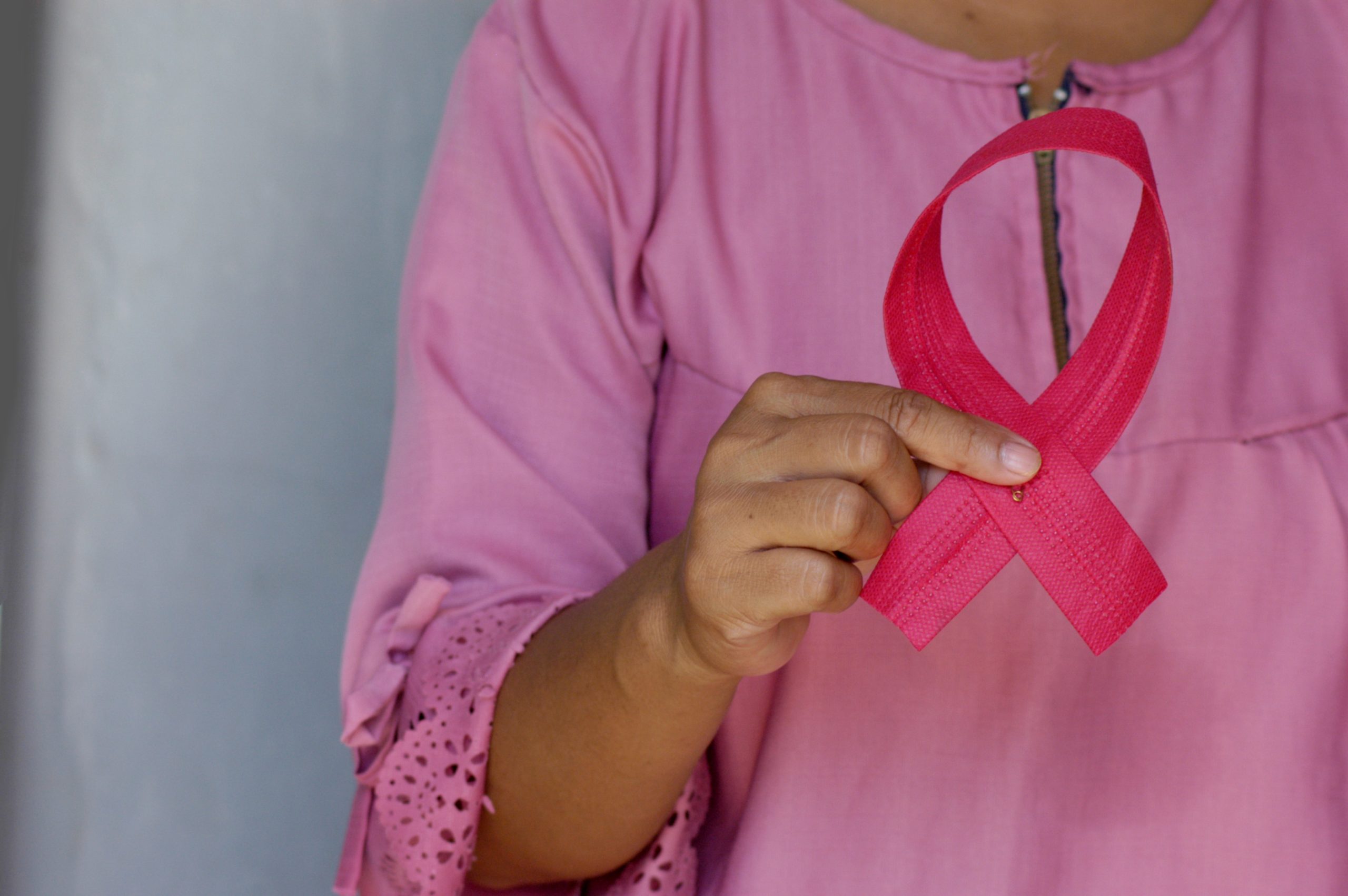October is Breast Cancer Awareness Month, but breast cancer prevention should occur EVERY month. The American Cancer Society recommends having annual mammograms at age 45, but women who are at least 40 years old should be given the choice of having a yearly mammogram.
Women of all ages should check their breasts for changes every month by conducting a breast self-exam (BSE). According to Johns Hopkins Medical Center, 40 percent of diagnosed breast cancers are detected by women who feel a lump. BSEs help you to be familiar with how your breasts look and feel, and if you notice any changes you can report them to your medical provider.
Michelle Birket, age 41, conducts a BSE every month after her menstrual cycle ends. The end of her cycle serves as a regular reminder to take a few minutes to check for any differences. For women who are in menopause or have irregular periods, it is wise to pick a set date, such as the first of the month. Setting an alarm on your phone or computer calendar is also helpful.
Breast cancer survivor Ivette Maldonado said although she conducted monthly BSEs, her lump was found during her annual clinical exam. She noted that clinical and BSEs are equally important. “As long as you touch and can notice something different, it’s better than not touching,” she said.
Women with implants have an advantage when conducting BSEs in that the implant causes the breast tissue to be pushed forward. This helps lumps to be easily detected during monthly exams.
Men should check themselves as well. The National Breast Cancer Foundation reports an estimated 2,600 men will be diagnosed with breast cancer and approximately 440 will die each year. Men and women can use the same techniques for performing BSEs.
The National Breast Cancer Foundation identifies three different ways to perform a BSE, so you can find the one that you are most comfortable with.
In the shower
Using the pads of your fingers, move around your entire breast in a circular pattern, moving from the outside to the center, checking the entire breast and armpit area. Check both breasts each month feeling for any lumps, thickening or hardened knots. Notice any changes and get lumps evaluated by your health care provider.
In front of a mirror
Visually inspect your breasts with your arms at your sides. Next, raise your arms high overhead.
Look for any changes in the contour of your breast, any swelling, or dimpling of the skin, or changes in the nipples. Next, rest your palms on your hips and press firmly to flex your chest muscles. Left and right breasts will not exactly match — few women’s breasts do — so look for any dimpling, puckering or changes from month to month, particularly on one side.
Lying down
When lying down, the breast tissue spreads out evenly along the chest wall. Place a pillow under your right shoulder and your right arm behind your head. Using your left hand, move the pads of your fingers around your right breast gently in small circular motions, covering the entire breast area and armpit. Use light, medium and firm pressure. Squeeze the nipple; check for discharge and lumps. Repeat these steps on your left side.
Related articles:
Can Exercise Contribute To Your Happiness?
The Mental & Emotional Benefits Of Meditation
Sister Hazel Drive-In Rock Concert Comes To Alachua County
3 “Hocus Pocus” Themed Frappuccinos To Order From Starbucks

